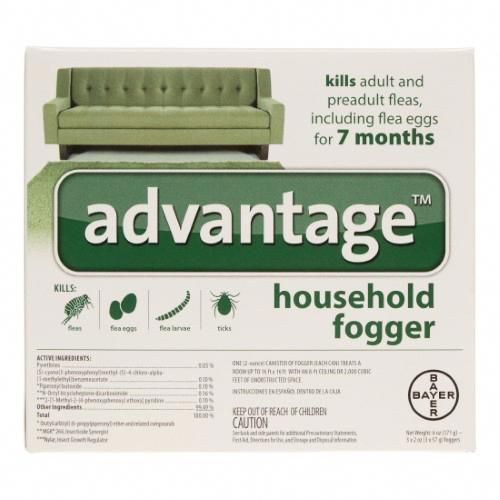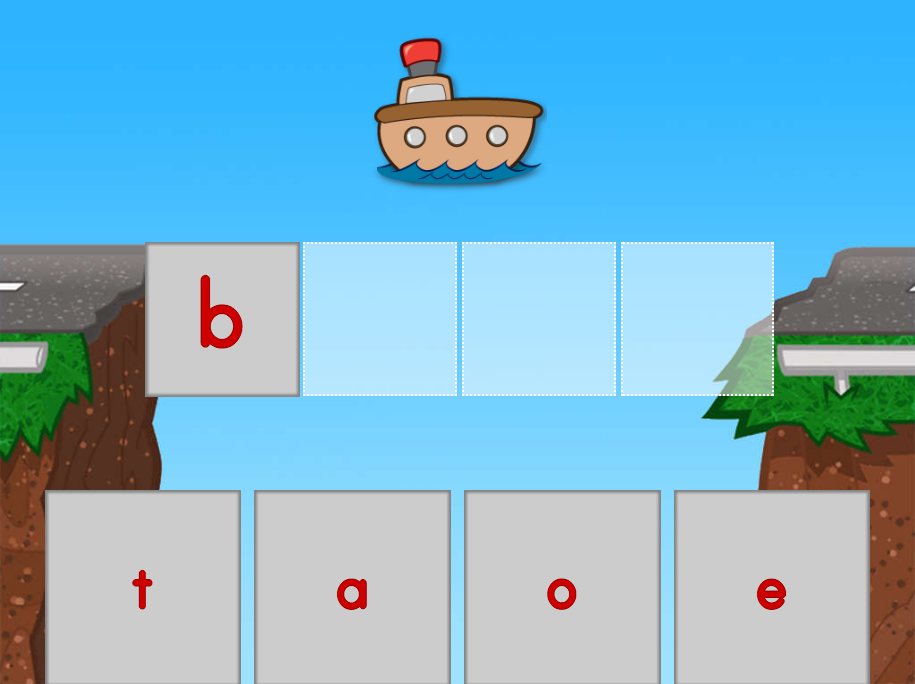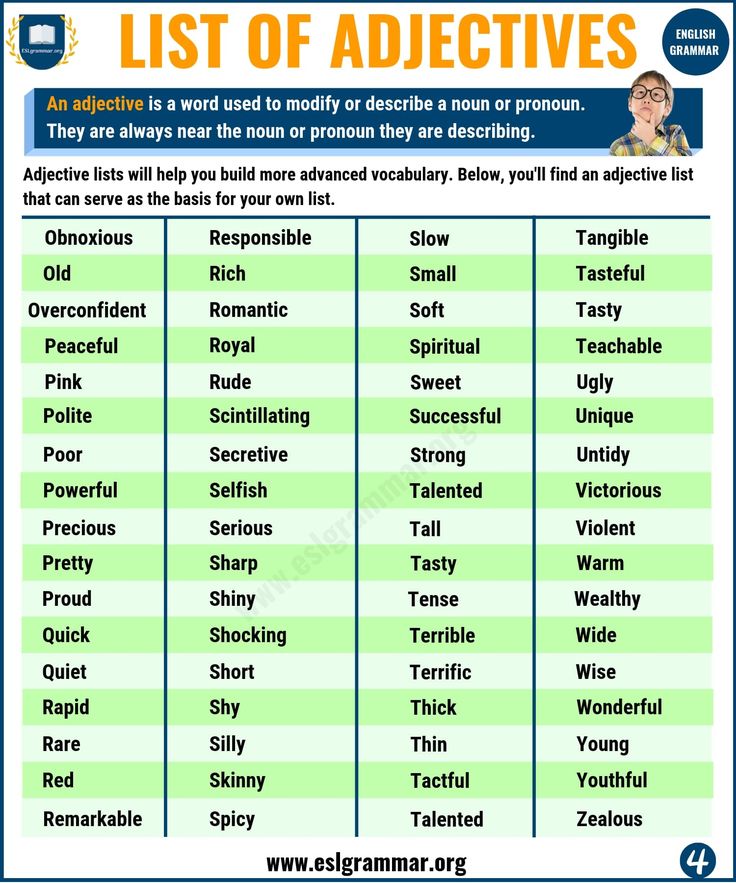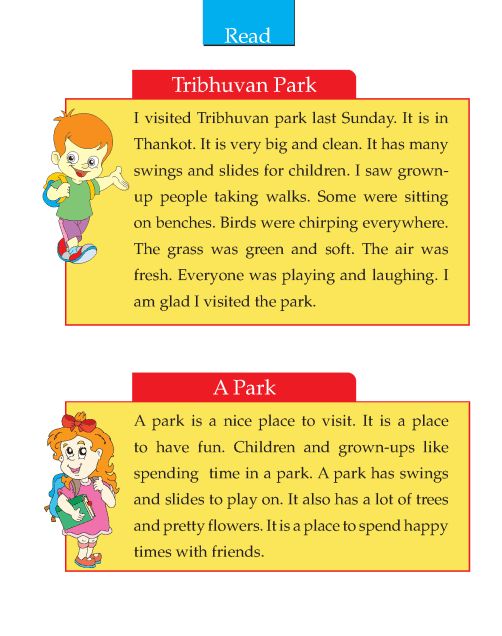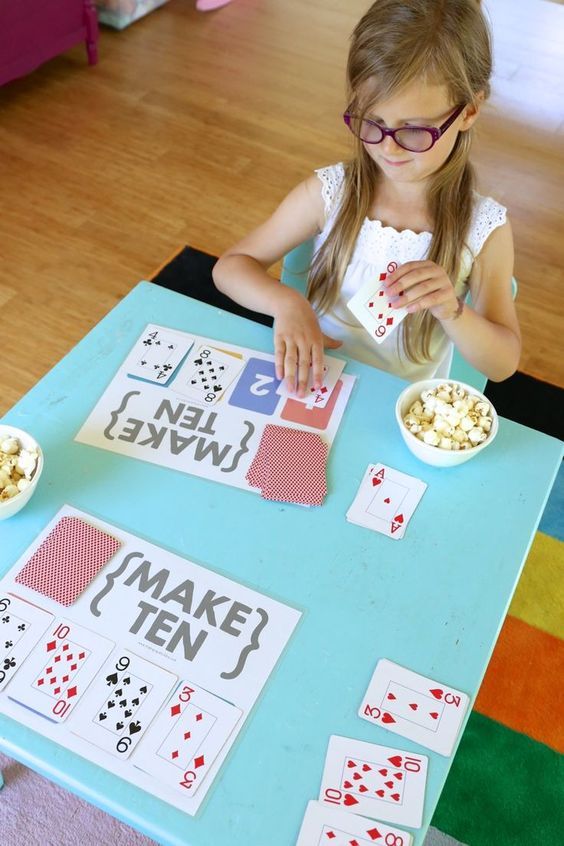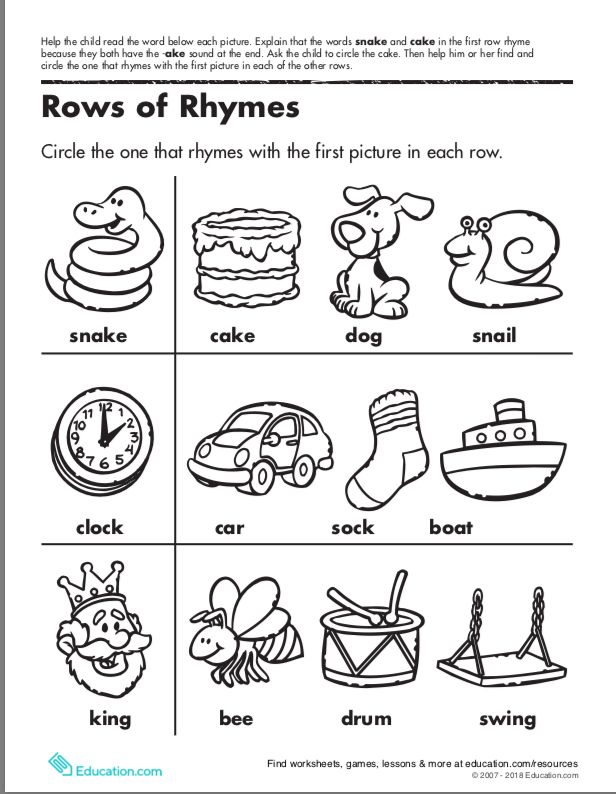Learn with fun
How to Make Learning Fun with These 10 Tips
How to Make School and Learning Fun
Most people have fond memories of elementary school. Playing with your friends on the playground, dominating at tetherball or gossiping and giggling on the monkey bars — these are the fun experiences we reminisce about.
Today, we hear a lot about Common Core standards and getting students ready for college. Gone are the carefree days of elementary school, as teachers and parents push kids to excel to even higher learning standards.
Why It’s Important to Make Learning Fun for Kids
Kids need fun at school. When teachers make learning exciting, students are more willing to participate and often find the lesson more memorable. So how can we make school more engaging and interesting for students?
Read the full article or jump to a specific section:
- Break up Lessons
- Offer Choices
- Incorporate Games
- Have Group Time
- Move Around
- Use Hands-On Activities
- Be Creative
- Plan Field Trips
- Use Technology
- Go Outside
Ready to start designing your playground to make learning more engaging for students? Contact our team of experts today!
Contact Us
10 Tips for Making Learning Fun and Engaging For Children
Making school fun can give kids a lifelong love of learning. To keep your students engaged and motivated, throw in some variety. Here are 10 ways you can make learning and education more exciting for your students.
1. Break up Your Lessons
Many lessons involve lectures, especially when you’re introducing a new topic. But you can’t expect young kids to stay engaged as they sit still listening to you talk. Breaking up your lesson adds excitement and keeps your students interested.
Give an introduction, then try an activity. Go back to talking, then pull out another group exercise or get students out of their seats for a round of jumping jacks. Finish the class with a discussion. Even a 30-second break every six minutes or so will do wonders. Try to vary what you do for every lesson and how you teach every day. Learning in new ways and doing novel things can help kids pay attention to the material.
2. Give Your Students Choices
Kids don’t get many choices in their daily routine, either at school or at home. Sometimes all they want is to have a say. When kids have the power to choose, it helps them become more engaged and buy into what happens next. Try letting them pick the activity that goes along with your lesson or what homework assignment they will work on that night. Giving kids choices will make lessons more fun, all while instilling them with decision-making skills.
When kids have the power to choose, it helps them become more engaged and buy into what happens next. Try letting them pick the activity that goes along with your lesson or what homework assignment they will work on that night. Giving kids choices will make lessons more fun, all while instilling them with decision-making skills.
3. Incorporate Games
Games are an incredible way to add instant engagement to your lesson plan. They make learning more fun, from review time to memorization drills. Games don’t need to require a lot of prep time or expense, as there are thousands of free educational games online. Students will look forward to review days and other lessons with gamified elements.
4. Create Group Time
When you allow students to work together, they retain information quicker and longer. Cooperation also helps develop critical thinking and communication skills. Group time breaks up the same routine, making learning and your lesson much more enjoyable.
Here are a few tips to keep group time productive.
- Keep it short: Cap group time at five minutes to keep students focused on the task they need to accomplish. Once time runs out, call students back to discuss their takeaways and answer any questions they may have.
- Assign roles: Give each student a role within their group. Students will know what to expect when group work begins, so they’ll be able to focus easier.
- Provide sentence starters: Jumping into a group conversation with classmates can sometimes be awkward or intimidating. By providing the start of a sentence related to the topic, you’ll give students a jumping-off point to get the discussion started right away.
5. Get up and Move
Most elementary school kids don’t like to sit still for very long. Your kids deserve a break, and so do you. It’s time to get up and get moving.
If you see your kids lagging, give them a brain break or incorporate movement into your lesson to make it more fun and engaging. These breaks are a great way to give your students a quick two minutes of downtime.
These breaks are a great way to give your students a quick two minutes of downtime.
You could also incorporate movement into your lesson plans. Here are some effective teaching methods that encourage kids to move around.
- Silent discussion boards: Put up poster papers around the room with questions written on them. Students can walk around the room and write their answers to the question on the paper before moving on to the next question.
- Walking and talking: This method combines group work and movement to create an engaging setting for discussion. Students partner up and discuss the topic while moving around the classroom together.
- Stations: Divide the room into several groups based on different tasks or questions related to the topic. Every few minutes, students will rotate to the next station and begin the next task. This method keeps them engaged and allows them to tackle the topic from multiple angles.

Make sure you offer ample opportunities for movement. When they know a mini-break is on the horizon, your kids will stay more engaged and have much more fun.
6. Incorporate Hands-On Learning
Teachers have long relied on hands-on activities to make lessons fun and engaging. Apply these activities to almost any subject, from a preschool alphabet lesson to math, English and geography.
Hands-on learning, also known as “active learning,” puts students in control. Unlike traditional lecture-style lessons, hands-on activities encourage students to produce original insights, which pushes them to deeper levels of thought. Additionally, they can gain direct feedback from instructors on their projects, which can help encourage them to try hard in class.
An action-oriented assignment like an arts and crafts project is more meaningful to students and will likely be the lesson they remember most.
Learn About Sensory Play Equipment
7. Be Open to Creativity
It’s easy to teach from the same lesson plans year after year. Once you have something that works, you may be a little nervous about trying something new. But remember — each year, you’ve got a new batch of students with various interests. Variety and creativity are the best ways to ensure learning stays fun.
Once you have something that works, you may be a little nervous about trying something new. But remember — each year, you’ve got a new batch of students with various interests. Variety and creativity are the best ways to ensure learning stays fun.
Essentially, you should be open to your students’ creativity. Give your class the freedom to modify assignments and projects as long as they run the changes by you first. You may find that their ideas give a unique twist to a lesson. Plus, when students come up with something on their own, it’s more meaningful to them and they can develop confidence in their decision-making skills.
Holding classroom discussions is one way to shake things up. Turning the conversation over to students can help them focus better in class and practice public speaking, which over time can lead them to become more self-assured. Plus, you can gauge their understanding of the material based on how they answer your discussion questions. This tactic works best in humanities or language classes where there is room for open-ended answers, but you can also apply it to math and science topics.
8. Schedule Field Trips
Who doesn’t have fond memories of their class field trips? These treks outside the classroom are an ideal way for your students to connect to the outside world and engage with what they’re learning. From plays and museum exhibits to historical places, these and other field trips will be more memorable than a classroom lecture.
If your school has cut the field trip budget, try taking an online virtual field trip. Or, maybe there’s a cool opportunity within walking distance of your building. No matter how you offer a trip to your students, it’ll be a fun way to learn.
9. Make Technology Part of Your Lesson
Technology is a given in today’s world. From tablets and laptops to YouTube and Netflix, your kids experience an endless stream of devices, sites and software every day. Use technology as a tool to make learning more fun, familiar and accessible.
Stock your classroom with tablets that have exciting educational apps. Or show your kids a short clip on YouTube or TeacherTube. You can even create a PowerPoint or a video of your own. Technology is a great way to meet some of your students’ instructional needs. Additionally, integrating technology into the classroom can prepare students with the skills necessary for the professional world – most careers nowadays use some form of technology, so students must become familiar with widely used programs early on.
You can even create a PowerPoint or a video of your own. Technology is a great way to meet some of your students’ instructional needs. Additionally, integrating technology into the classroom can prepare students with the skills necessary for the professional world – most careers nowadays use some form of technology, so students must become familiar with widely used programs early on.
10. Take the Fun Outside
Recess — is there any word that brings more joy to a student’s heart? Looking forward to these outdoor excursions can make their in-class time more fun and engaging.
Kids need a break, yet many schools are doing away with recess in favor of academics. However, research shows that getting outdoors, playing on the playground and engaging with friends primes their brains for learning. Along with that, you and your students could enjoy these additional benefits of having class outside.
- Learning about different subjects: Of course, outdoor lessons can be ideal for science classes.
 But you could also go outside to supplement a reading class focusing on nature or an art class exploring landscapes.
But you could also go outside to supplement a reading class focusing on nature or an art class exploring landscapes. - Improving grades: Taking lessons outside can boost grades. Kids can become more engaged with learning and grow their critical thinking skills, increasing their chances of doing well on tests and assignments.
- Reducing stress: You and your students deserve the chance to relax. Take a break from tests and lectures to spend some time outside and reduce everyone’s stress.
View Outdoor Play Equipment
Get the Benefits of Teaching Outside With Playground Equipment
When you want to make school and learning fun and share the benefits of having class outside with your students, it helps to have an area made for kids. Talk to administrators about creating or enhancing your existing play spaces to give everyone in your school the chance to enjoy outdoor learning and play.
Playgrounds are valuable educational tools that you can use for applied lessons.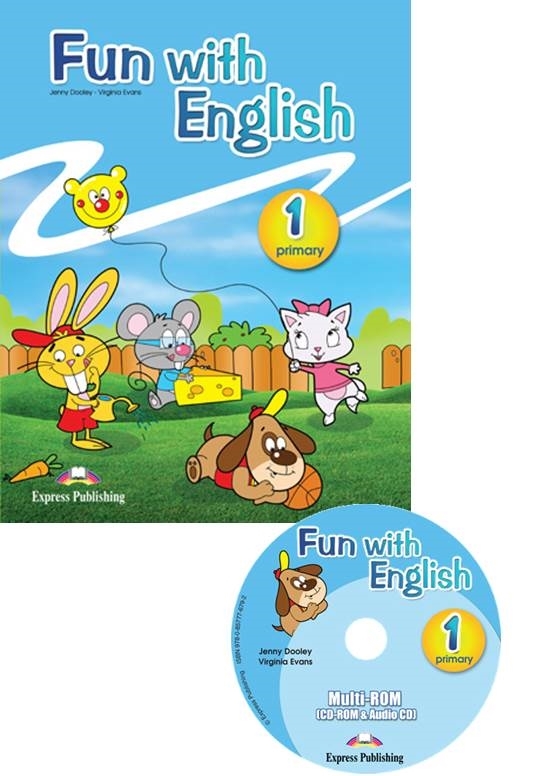 You can even let kids have unstructured playtime to enjoy the benefits of playing outside, like improved problem-solving skills, confidence, independence, communication and creativity.
You can even let kids have unstructured playtime to enjoy the benefits of playing outside, like improved problem-solving skills, confidence, independence, communication and creativity.
Miracle® Recreation Equipment Company would be happy to help you create a play area that promotes those developments and more for your students. We manufacture exciting play structures and components with a commitment to safety that’ll add plenty of opportunities to your school’s outdoor spaces. And with playground structures for kids ages 5 to 12, we’re sure to have something for your students. Consider these Miracle play equipment options to engage kids with learning outside.
- Themed playgrounds: Our themed playgrounds encourage creativity and storytelling. Bring play and your classroom lessons to life with themes from trains to fire engines and anything else you can imagine.
View Themed Playgrounds
- Cooperative elements: Features that encourage kids to play together give you the chance to teach a lesson in cooperation and friendly competition.
 Use the Buddy Rocker to help your students learn about movement through cooperative play. Or choose a dual slide, like the Bump and Glide Slide, to encourage friendly competition.
Use the Buddy Rocker to help your students learn about movement through cooperative play. Or choose a dual slide, like the Bump and Glide Slide, to encourage friendly competition. - Interactive components: The entire playground is an interactive zone, but specific additions lend themselves to outdoor lessons. For instance, consider the Chime Panel and standing Concerto Chimes for an outdoor music class.
- Educational accessories: Add features like fun puzzles or our Alphabet Panel to engage kids with learning opportunities as they play outside. Teach young children about spelling and the alphabet with a quick outdoor lesson before they get back to playing.
To ensure your students get the playground they deserve, invest in high-quality equipment that’s as thrilling as it is safe. With Miracle Recreation, your school can receive a customized playground design that meets all your needs to ensure your kids have the best environment for outdoor play.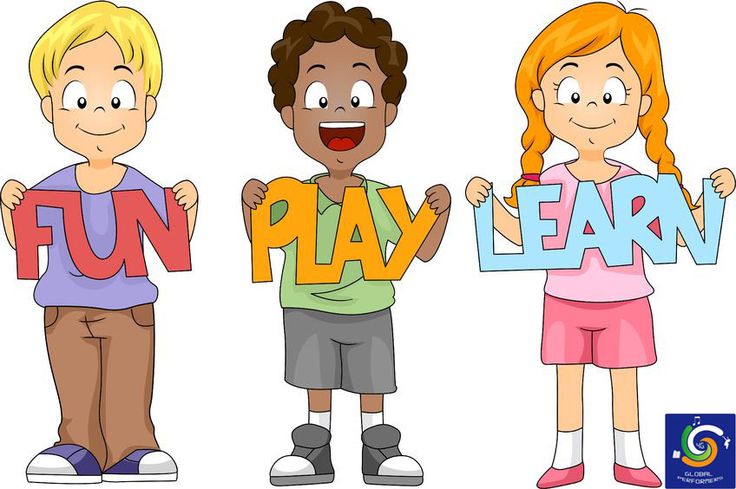
Learn more about our thrilling and safe playground equipment for schools. As your students look forward to another fun-filled recess, classroom time will feel more engaging and exciting. Contact us to discuss what works best for your school.
20 actually fun websites to learn something new
Life
Innovations
We've got the sites for you to improve your skills.
All products featured here are independently selected by our editors and writers. If you buy something through links on our site, Mashable may earn an affiliate commission.
> Life
The pandemic has relegated millions of people to their homes, with not much to do but stare at various screens.
There's the bad screen, otherwise known as the work or school screen. Then there's the good screen, or the thing you stare at in your free time to watch TV, play video games, or mindlessly scroll through Facebook, Twitter, Instagram, and other social media.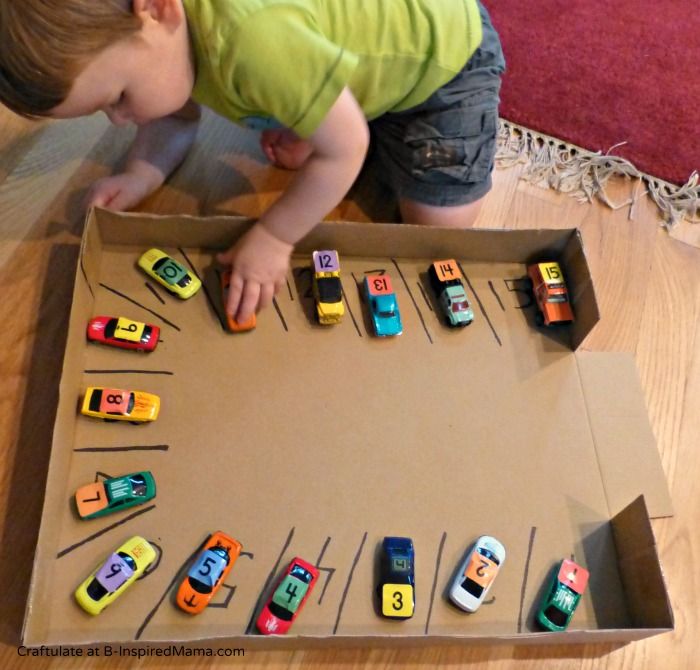
But perhaps, after roughly four months of quarantine, it's time to introduce something akin to a useful screen. We've got free time — not really by choice, but still — so maybe you want to make the best of it. It might just be the perfect time to learn a new skill, practice a language, or any number of other useful things.
That in mind, 7 sites to learn something new that can help you learn a new skill or at least waste a little time. Here they are, in no particular order.
A free, nifty way to test — and improve — your typing speed and accuracy. Hey, you may even learn how to properly type if you've never been taught.
Similar sites:
Here's another typing test site.(opens in a new tab)
And another!
Sure, the name is crass. But it's less boring than Google and FuckingHomepage.com is updated every day with interesting facts and websites.
Similar sites:
Try this page with a poem a day.

Try Useful Interweb, which links to helpful sites daily.(opens in a new tab)
Fucking Homepage for July 9. Credit: Screenshot / Fuckinghomepage.com
I love to cook and have found that the Basics With Babish YouTube series is a handy way of learning the skills, recipes, and base-level knowledge necessary to educate yourself on becoming a good home cook.
Recipes to try:
Three words: Mac and cheese.
Learn how to make pan sauces.
A quiz or test for like literally everything, from pop culture items like movies and music to weird history. Put your education to the test.
Quizzes to check out:
How well do you know The Office?(opens in a new tab)
Test your history skills.(opens in a new tab)
Edx provides free online education courses from Harvard, MIT, Berkley, and other colleges. Become the student for a college you never attended.
Popular courses:
A Harvard course that studies history through art and artifacts.
 (opens in a new tab)
(opens in a new tab)An intro to music theory.(opens in a new tab)
Coursera offers more free online courses for students from schools like Duke, IBM, University of Michigan, and more.
Popular courses:
Learn about AI.(opens in a new tab)
The science of well-being. (opens in a new tab)
Khan Academy is a very popular site for students to learn for free. There are also tools for teachers and educators to help educate students.
Courses to try:
If you're taking the SATs, here's some prep.(opens in a new tab)
A course about macroeconomics.(opens in a new tab)
Skillshare is a place to learn all kinds of different creative endeavors and new skills, like photography and illustration. Some online classes are free but a premium account will run you $15 per month of $99 for the year.
Learn how to write a short story based on your life.
 (opens in a new tab)
(opens in a new tab)A guide to making great videos on a budget.(opens in a new tab)
Project Gutenberg is a clearinghouse of more than 60,000 free e-books. There's really no easier way to educate yourself than reading.
Books to read:
Moby Dick(opens in a new tab), ever heard of it?
Frankenstein(opens in a new tab), ever heard of it?
If you're looking to learn how to code, Code Academy(opens in a new tab) provides basic lessons for free but a pro version will cost about $20 per month. Don't let the lack of a classroom stop you from a learning experience.
Example lessons to try:
Here's a course on the basics if you're just starting out.(opens in a new tab)
If you want to make cool and beautiful sites, here's a course focused on web development.(opens in a new tab)
Duolingo is a very popular language instruction app and website that has an extremely terrifying owl that will shame you into learning a new language. We guarantee it's a better learning experience than whatever your high school teacher tried to cram into 30 minutes.
We guarantee it's a better learning experience than whatever your high school teacher tried to cram into 30 minutes.
Courses to try:
Learn Spanish!(opens in a new tab)
Learn French!(opens in a new tab)
Or learn so many other languages!(opens in a new tab)
Household Hacker is a YouTube channel dedicated to simple DIY tricks to improve your home and educate yourself on simple tricks that will help you be a better person around the house. Learning how to clean your house has never been so fun.
Popular videos:
As seen on TV egg gadgets, tested.
Tips for stain removal.
A site for learning how to play the piano. If you seriously want to become a music student and learn how to play, you'll have to pay(opens in a new tab) a monthly fee. But you can also mess around and play with your keyboard.
Songs to learn:
In the sha-la-la-la-la low.(opens in a new tab)
"Chasing cars.
 "(opens in a new tab)
"(opens in a new tab)
A look at Pianu's set-up. Credit: Pianu / Screenshot
A free site to learn how to play the guitar. It has lessons for total beginners that later ramp-up in difficulty. Justin Sandercoe (thus Justin Guitar) has been teaching online for decades and has tons of tutorials for just about anything. His YouTube channel has more than a million subscribers and his lessons are free online.
Popular lessons:
This might be the first thing you need to know: literally how to hold the instrument.
A super easy first lesson.
Pretty simple: Drawspace is a resource for learning how to draw. You can do some courses for free, but eventually, it'll cost money. A membership costs(opens in a new tab) $10 per month.
Lessons to try:
A free beginner's course.
A free intro on drawing people.
Alison is a hub for free classes on all kinds of things, from professional development, to marketing and math.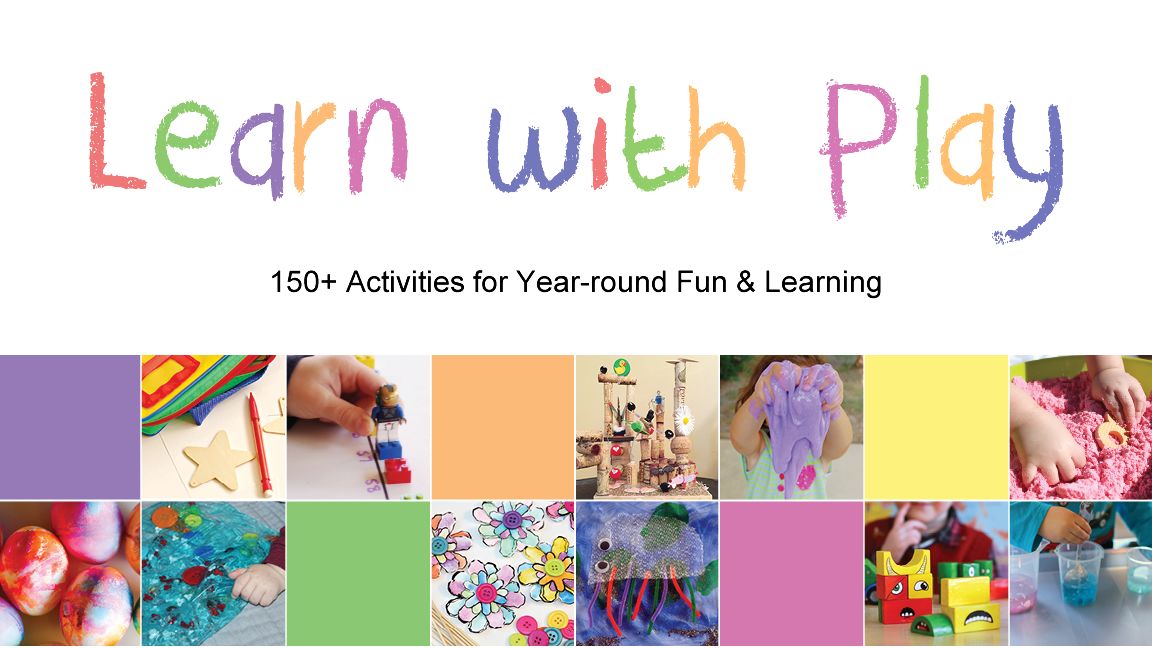
Classes to check out:
Learning how to be a better parent.
Learn about nutrition.
Gardening is more popular than ever. The Garden Answer YouTube channel has helpful tips if you're trying to begin a gardening journey.
Popular videos:
Homegrown potatoes made easy.
Putting together an indoor water garden.
Don't you want to expand your vocabulary? Don't you want to keep your brain busy? Don't you want to take part in perhaps the most unlikely internet sensation ever? All you have to do is visit the site and try to guess the word — and it's just one puzzle a day, so there's no big commitment.
Similar games:
A Wordle copy that lets you play unlimited games.
Try Lewdle, which is basically just Wordle but bad words.
Basically, TedEd is the education arm of Ted Talks. TedEd has courses and lessons for all ages and abilities.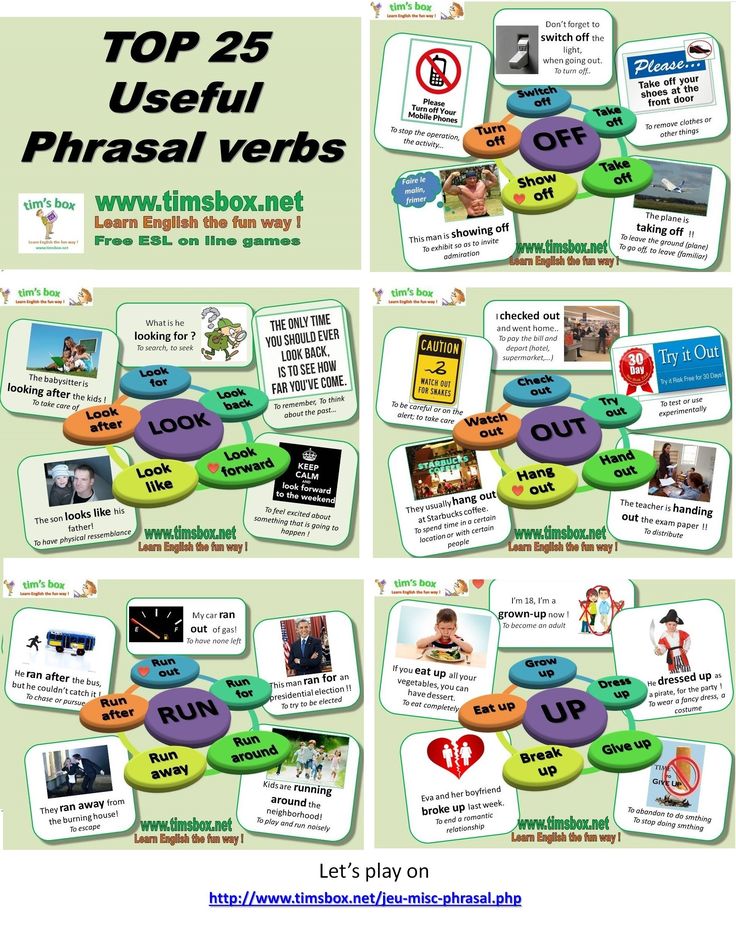 If you want to hear college-level lectures for free, they're all there.
If you want to hear college-level lectures for free, they're all there.
Lessons to check out:
Why Juneteenth is so important
The history of manners
Voraciously is a resource center from the Washington Post aimed at helping home cooks. They also have a super comprehensive How To section that can walk you through the basics of learning how to cook. If you'e never picked up a knife before, it's a great place to start.
Resources to check out:
How to chop, dice, mince, julienne, chiffonade and master common knife skills vocabulary
Why food sticks to your pan and what you can do about it
This article was originally published in July 2020, and was updated in February 2022.
More in Innovations
I... don't hate it!
By Christianna Silva
It goes into effect in November.
By Christianna Silva
The experiment is over.
By Stan Schroeder
Horizon Worlds? More like Horizon Ghost Towns.
By Christianna Silva
It's hate speech. Why is it allowed on the platforms?
By Christianna Silva
Like 'American Horror Story,' Ryan Murphy's latest has multiple true crime inspirations.
By Kristy Puchko
Stuck on 'Wordle' #490? Here are some tips and tricks to help you find the answer.
By Mashable Team
There's likely been a massive die-off.
By Mark Kaufman
Good work, nature.
By Sam Haysom
They wanted to keep at least some control of their story.
By Amanda Yeo
By signing up to the Mashable newsletter you agree to receive electronic communications from Mashable that may sometimes include advertisements or sponsored content.
10 ways to become happier at school, how to study easily and with pleasure
Student years are an important period of life, a bright and eventful period of interesting studies, new acquaintances and happy holidays.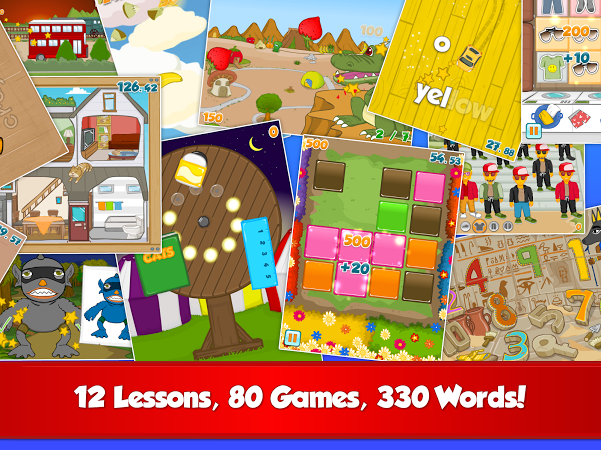 We will tell you how to make your studies at the university just like that, and every day go to the university with pleasure.
We will tell you how to make your studies at the university just like that, and every day go to the university with pleasure.
To learn more useful tips that will be useful in student life, join our telegram channel. There you can find life hacks, tips and great deals.
Understand the meaning of what you are learning
You can only learn successfully if you understand the subject. Do not hesitate to clarify incomprehensible points with the teacher, try to get to the essence of the material.
If you do not master some theoretical material well, ask to show it in practice and explain how it will be useful in your future profession. You can only truly get carried away by what you understand, so never be afraid to ask: teachers appreciate the healthy curiosity of students.
Make friends
Doing any business is better in the company of like-minded people. Find a friend among classmates with whom you can:
- discuss important issues;
- get ready for class together;
- share thoughts;
- participate in interesting activities;
- relax and joke.

Going to the university in the morning will be much easier if not only a lecturer, but also a classmate is waiting for you.
Smile
Among the 10 ways to be happy, this one plays a very important role:
- Smiling attracts people's attention.
- Causes a response.
- Sets you in a positive way.
It is easier to solve problems, make friends and ask for favors with a smile. People easily meet those who look at the world with optimism and smile at it.
Don't take personal problems out of the house
Teachers, administrators and most classmates are not interested in the difficulties that occur in your home. If the problems are too big, solve them first, and then return to your studies. If not, what is the point of getting upset about them and spoiling the mood for yourself and others?
Focus on the future
It is easier to change your attitude towards learning for the better if you perceive it not as a punishment of several years, but as the first step in your career. Treat today's studies as the foundation of tomorrow's well-being:
Treat today's studies as the foundation of tomorrow's well-being:
- Pay attention to practical disciplines.
- Try to find a connection between the subject and future work,
- Make friends with teachers who have experience in the chosen specialty.
Give thanks
Gratitude, like a smile, is one of the easiest ways to make learning fun. Say "thank you" to teachers, dean's office staff, canteen barmaid - and all these people will be happy to help if necessary. Take Don Quixote's advice.
Nothing costs us so cheaply and is valued so dearly as politeness.
Relax
It's good if the university becomes not only a place of study, but also a place of rest. Of course, we mean healthy rest: not studying social networks (by the way, how about a digital detox?) and not watching videos for many hours.
Most universities offer students to express themselves and unleash their creative potential. They have:
They have:
- sports clubs;
- theatrical, choreographic and vocal studios;
- debate and intellectual games clubs;
- KVN;
- trade union associations.
You can join any of them: meet new friends and realize your talent.
Get enough sleep and eat well
This commonplace advice will also help you learn and have fun. If you come to the university every day without getting enough sleep, then only bad memories will be associated with the university. The same with the feeling of hunger: a person cannot feel happy where he wants to eat, and not study.
Therefore, do not neglect sound sleep and good nutrition. They will give energy for new educational feats.
By the way! And don't forget: our readers are now enjoying a 10% discount on any kind of work
Don't try to change people
One of the secrets to learning with pleasure is to learn to accept others for who they are. If you don't like something about a teacher or classmate, you have two options:
If you don't like something about a teacher or classmate, you have two options:
- Deal with it.
- Stop communicating with the person.
There is no third option (to re-educate a person). No person is obliged and will not change himself, his character and his appearance for the sake of someone else's spiritual comfort. Be aware of this thought and accept it.
The good news is that you don't have to change for other people's convenience either.
Set goals and praise yourself for your success
To make learning easy and fun, treat the process as an exciting strategy game. Build tactics for conquering the educational Olympus, where the coveted diploma awaits, and put it into practice.
Set small and large goals (answer at a seminar, defend a paper, prepare for an exam, close the session without Cs), and after achieving them, praise yourself and reward yourself (for example, with an unscheduled trip to the cinema or a long-awaited purchase).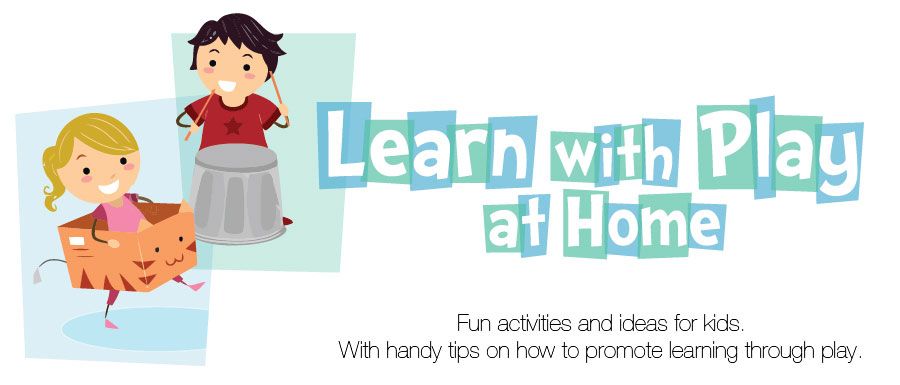
Another proven way to learn with pleasure is not to try to solve all the problems on your own, but to enlist the support of trusted assistants, for example, student service. Its experts will help to cope with any educational tasks.
Enjoying Learning: 7 Habits That Will Really Help Your Child - Parents.ru0003
Many parents are trying to figure out how to get their child to learn. The secret is that you don't have to force it. Education, knowledge of the world is what children are constantly busy with, without our gingerbread and whips. It is only necessary to support their desire for new knowledge and direct it in the right direction.
1. A Healthy Dealing with Mistakes
To make learning fun from a chore, start talking about your mistakes first. In many schools, teachers do not have the opportunity to make out the mistakes of each student, so they only scold the children, and most often in front of the whole class. It does not add interest to study. But the situation can be improved!
But the situation can be improved!
It will be easier for a child to cope with criticism and react calmly to comments if you teach him at home that mistakes are not scary or shameful. Set an example: talk aloud about your own small mistakes - at work or in everyday life - and analyze them. Then move on to the child's mistakes. Praise him for the discussion and especially for finding the cause and drawing the conclusion.
Atmosphere comes first
Enjoying your studies and getting good grades are not the same thing. Sometimes children who do not like studying at all become excellent students. It is not so important what will be written in your child's diary. What is more important is what impressions he will bring with him from school. Therefore, teach him to enjoy every day, respect others and their work, appreciate every moment and sincerely thank people.
2. Table of long-term goals
Almost all parents use short-term motivation: “until you do your homework, you won’t go for a walk”, “until you solve the problem - you won’t get a prefix”, “write an essay - we’ll buy ice cream”.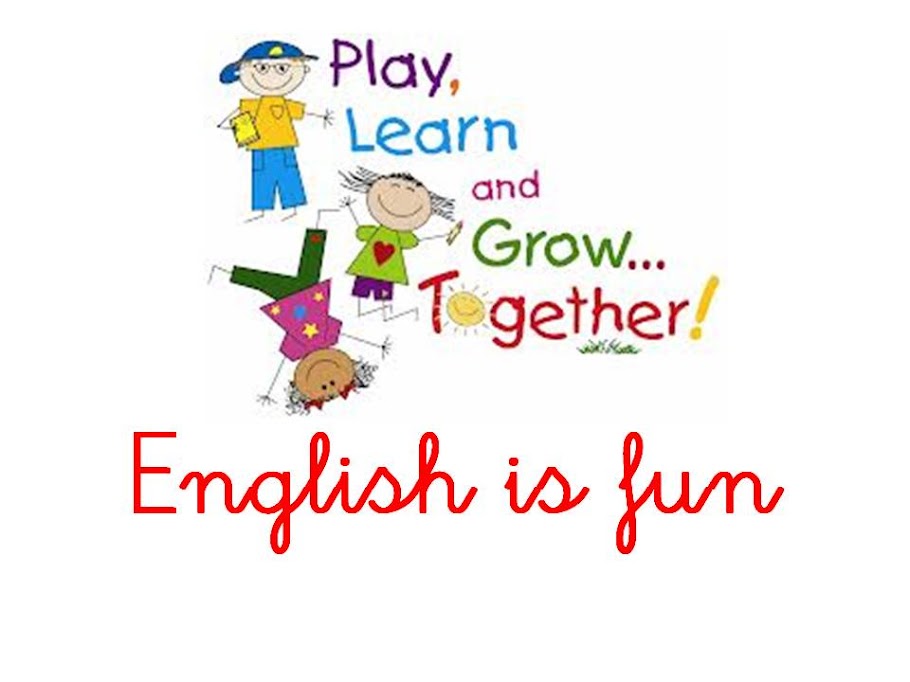 But over time, this method of motivation ceases to work.
But over time, this method of motivation ceases to work.
It is more important for a successful academic and later life that the child learns to set his own long-term goals. Create a special task table. “Assign” points to all tasks and achievements and enter the marks earned in this table. For example, a child might get 20 points for a good test score, 5 points for a little help with cleaning, and 10 points for reading a book.
At the end of the month, let the child choose what they want to spend their accumulated points on. Only the "price" must be known to him in advance. For example, for 100 points you can go to the zoo, and for 15 you can buy your favorite sweets. Or you can “postpone” some of the points and accumulate 500 points for a radio-controlled helicopter by the end of the year. It is important that the baby in any case get something. And let him have many awards of completely different significance and real value.
- Photo
- Getty Images
Call of Nature
Walk every day, revive the old habit of collecting herbarium, watch the clouds and just breathe the air. Of course, if you have a teenager, it will be more difficult to teach him to walk, but nothing is impossible. You can turn it into a fashion fad. Instead of an ordinary herbarium, it is worth starting an Instagram account (an extremist organization banned in Russia) dedicated to macro photography of unusual plants. Replace cloud-gazing with birdwatching - there are even special applications for it, in which participants note new species that they have met in life.
Of course, if you have a teenager, it will be more difficult to teach him to walk, but nothing is impossible. You can turn it into a fashion fad. Instead of an ordinary herbarium, it is worth starting an Instagram account (an extremist organization banned in Russia) dedicated to macro photography of unusual plants. Replace cloud-gazing with birdwatching - there are even special applications for it, in which participants note new species that they have met in life.
3. Planning for the day
In order for the child to really achieve his goals, you need to help him with time management. This word seems very "adult", but it is important for children to manage their time too.
When you write your plan for the day, show it to your child. Help him create his own schedule. Let him write everything himself, and you just tell me how to adjust the plan. Explain how to prioritize and determine the importance of different activities. Write down common things: a long delicious dinner, a family movie. Yes, entertainment also needs to be planned so that the schedule does not consist of duties alone. At the end of the day, analyze together what he did, what he didn’t, and why.
Yes, entertainment also needs to be planned so that the schedule does not consist of duties alone. At the end of the day, analyze together what he did, what he didn’t, and why.
4. Reading instead of social networks
A study by American psychologist and financial consultant Thomas Corley showed that 86% of successful and wealthy people read books every day. Among those who are poor, only 26% can boast of this habit. But the love of reading should be instilled in childhood.
In order for a child to truly love reading, he must adopt this habit in the family. It is impossible to explain to children that reading is useful and exciting if mom and dad do not pick up books for months, but instead spend all their free time with a smartphone in their hands. While the baby does not know how to or is just learning to read on his own, you can read aloud to him, this is also useful. Then it is worth reading together, discussing what they read on a walk.
- Photo
- Diane Labombarbe/Getty Images
5.
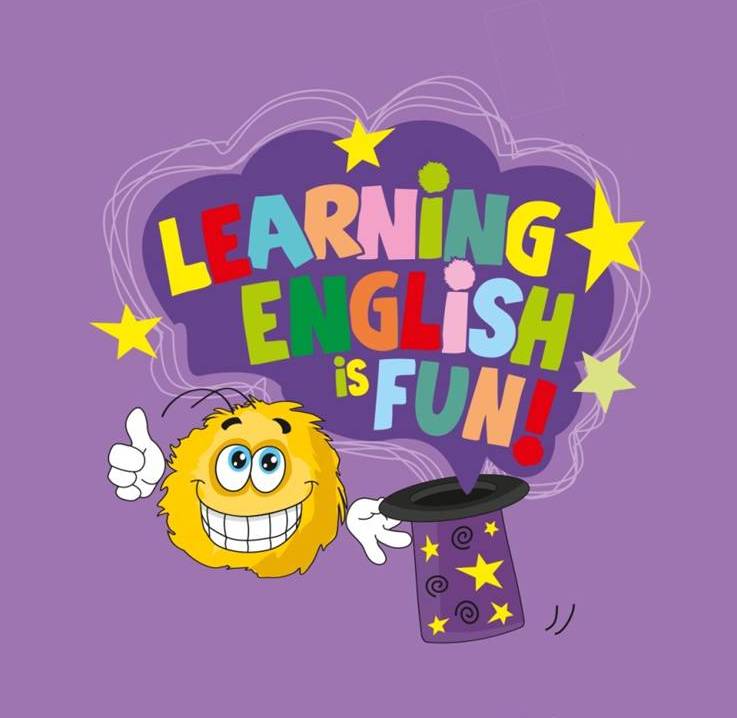 Board games as a hobby
Board games as a hobby Board games help you learn. The journal Psychological Science conducted a study and found that puzzles, blocks and board games develop logic and spatial thinking in children.
Make a habit of playing Monopoly, Scrabble, or more unusual modern games on weekends or evenings after work. You can play these games exclusively in the family circle or invite friends. It is only important not to get carried away and make sure that the games are interesting in the first place to the child.
6. Exploration of nature
Everyone seems to have heard the advice to walk in the fresh air. But not everyone thought about why this is important. According to the Journal of the Study of Religion, Nature and Culture, children who spend at least 5-10 hours a week outdoors feel a deep connection with nature and a responsibility to protect the environment. If such interest wakes up, the chances of capturing the child in the natural sciences will increase.

